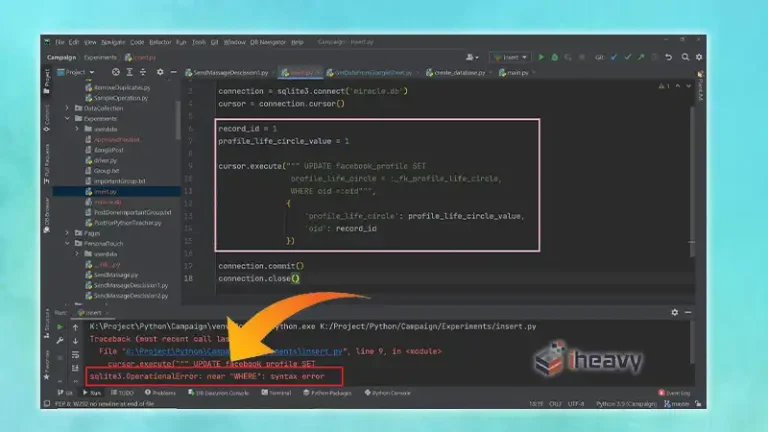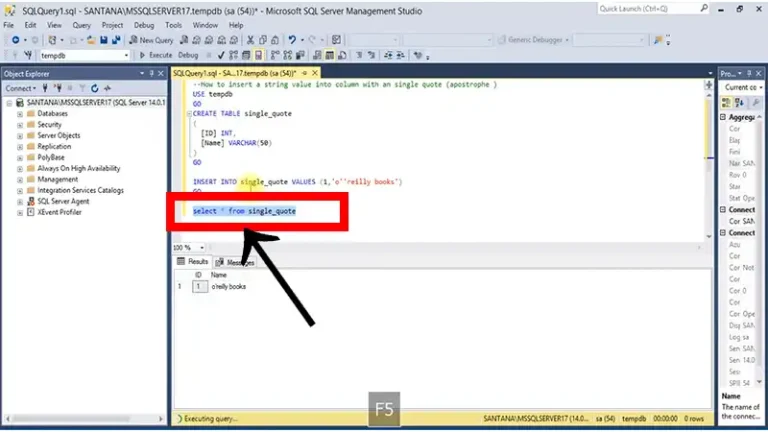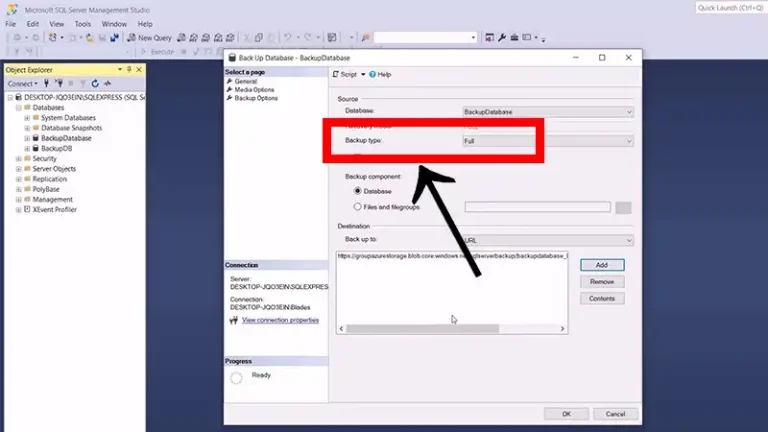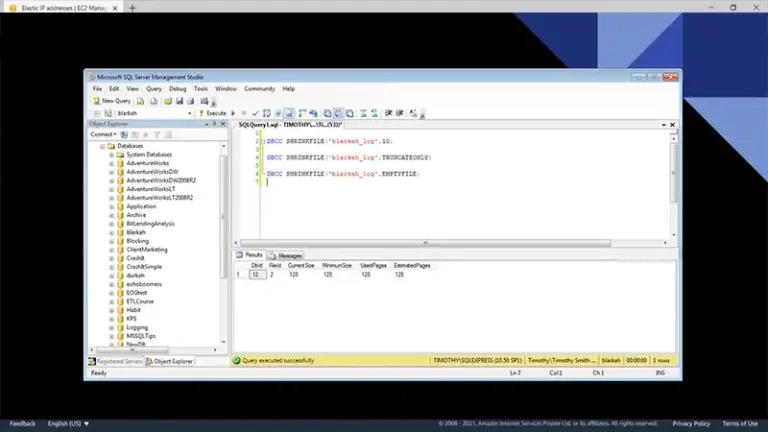Understanding And Resolving “Sql*Net Message From Client” In Oracle Database
The “SQL*Net message from client” is a common message that Oracle Database administrators may encounter when monitoring their database performance. This message is often associated with network latency issues, and understanding its implications can help diagnose and address performance bottlenecks.
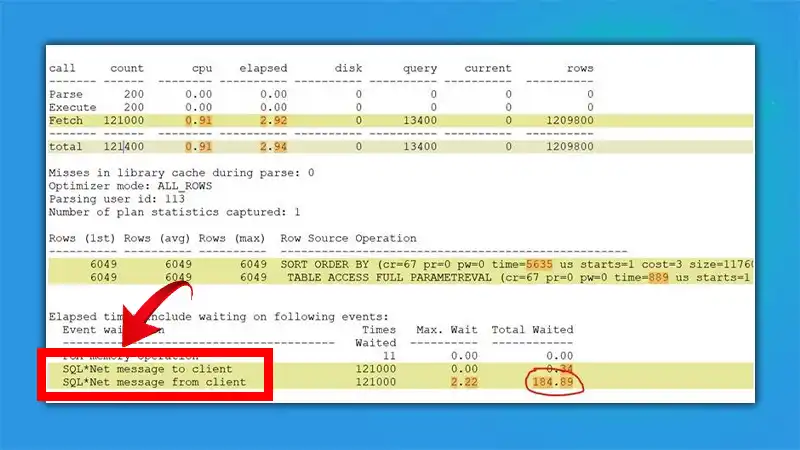
What Is “Sql*Net Message From Client”?
The “SQL*Net message from client” is an entry in Oracle Database trace files and performance monitoring tools, indicating that the database server is waiting for a message from the client. This message is part of the Oracle Net Services, which handles the communication between the database server and the client applications.
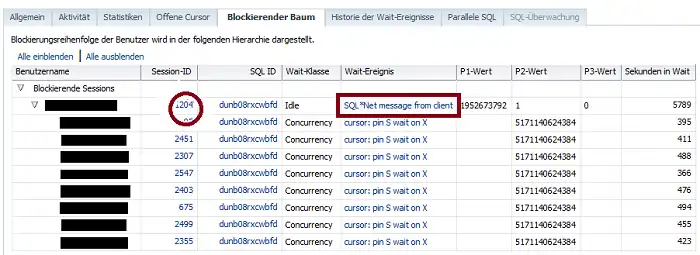
Why Does It Happen?
Several factors can contribute to the occurrence of “SQL*Net message from client”:
1. Network Latency
High network latency can lead to delays in communication between the client and the database server, triggering these messages.
2. Large Result Sets
When a query returns a large result set, it may take more time to transfer the data between the database server and the client, leading to these messages.
3. Resource Contention
If there is resource contention on the server, such as high CPU or memory usage, it can slow down the processing of client requests.
How to Solve “SQL*Net message from client”
To address and resolve “SQL*Net message from client” issues, follow these steps:
1. Network Analysis
Start by analyzing the network infrastructure between the client and the database server. Use tools like `tnsping` to measure network latency and identify any network-related issues. Ensure that the network is properly configured and optimized for Oracle Database communication.
tnsping <database_service_name>
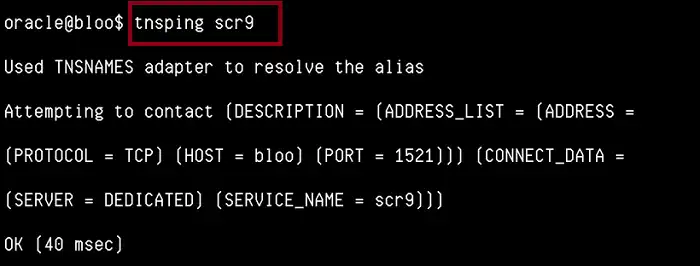
2. Optimize Queries
Review and optimize SQL queries to minimize the amount of data transferred between the database server and the client. Consider indexing, using proper join techniques, and limiting the result set size when possible.
3. Database Tuning
Tune the database parameters to improve overall performance. Adjust the Oracle initialization parameters, such as increasing the size of the database buffers or optimizing memory usage.
ALTER SYSTEM SET shared_pool_size = 500M
4. Connection Pooling
Implement connection pooling to reduce the overhead of establishing and tearing down database connections for each client request. This can improve the efficiency of communication between the client and the database server.
5. Use Bind Variables
Utilize bind variables in your SQL queries to improve query reuse and reduce parsing overhead. This can lead to more efficient execution plans and reduce the occurrence of “SQL*Net message from client.”
DECLARE
v_employee_id NUMBER := 1001;
BEGIN
SELECT * FROM employees WHERE employee_id = v_employee_id;
END;
6. Upgrade Oracle Client
Ensure that the Oracle client software on the client side is up-to-date. Upgrading to the latest version may include performance improvements and bug fixes related to network communication.
Frequently Asked Questions
1. What Does “Sql*Net Message From Client” Mean?
Ans: This message indicates that the Oracle Database server is waiting for a message from the client. It appears in trace files and performance monitoring tools, suggesting a period of inactivity while the server awaits further instructions from the client application.
2. How Can “Sql*Net Message From Client” Impact Database Performance?
Ans: Frequent occurrences of this message could indicate inefficient communication, leading to slower response times and degraded application performance. Identifying and addressing the root cause can significantly enhance database efficiency.
3. Is There A Way To Monitor “Sql*Net Message From Client” Occurrences?
Ans: Yes, database administrators can monitor these messages using tools like Oracle Enterprise Manager (OEM), Oracle Performance Monitoring, or by examining database trace files. Regularly monitoring these occurrences helps in identifying patterns and resolving issues promptly.
4. How Often Should I Address “Sql*Net Message From Client” Occurrences?
Ans: Frequent occurrences should prompt immediate investigation and resolution. However, occasional instances might not require urgent attention unless they noticeably impact application performance or scalability.
Conclusion
“SQL*Net message from client” signals potential performance issues in Oracle Databases. Addressing causes and implementing solutions optimize communication, enhancing user experience. Regular monitoring and proactive maintenance prevent and tackle these issues effectively.

